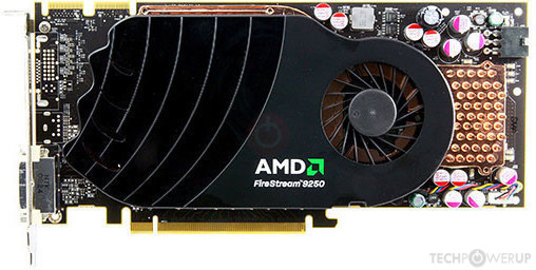

However, in complex and large AB simulations, improper data partition policies and dynamic characteristics related to the creation and elimination of agents introduce uneven computing requirements and communication overhead that delays the simulation and may propagate across all PEs.Īt this point, an efficient dynamic solution to readjust the workload is incredibly beneficial. Due to its scalability and simplicity, single program multiple data (SPMD) is the dominant application structure and consists of executing the same program in all processing elements (PEs), but on a different subset of the domain.

In this sense, simulating a complex agent-based (AB) system for realistic cases is only feasible in a reasonable time if the simulation is executed in parallel on a HPC environment. This leads to very complex models, resulting in a high computational burden with very high computational requirements. Intended for High Performance Computing (HPC) environments, nowadays, real systems can be more accurately modelled, analysed and simulated through including larger number of more complex agents. With the emergence of agent-based modelling and simulation (ABMS) platforms On the basis of our study we can come to an inference that the next generation supercomputing-on-chip will more likely depend on the fine-tuning between multi-core NoCs and high-end FPGA Apart from this, in this work, we also aim to demonstrate and analyze the results of bench marking the Mandelbrot Set performance on a 3rd generation supercomputer, which is the Adapteva’s 16-core Epiphany supercomputer NoC. Supercomputer Networks-on-Chip (NoC), and finally, to emerging fine-grained nanoscale NoC FPGA (Field Programmable Gate Arrays) supercomputer-on-chip as we see Hence, we start by first describing our exploration of the four generations of supercomputing and how they have evolved over the years from macro scale packet switched coarse-grained cluster computing and grid computing, to conventional supercomputing, and then to fine-grained In this paper, we primarily aim to describe how in supercomputers, as they evolve, the granularity of this inter-node communication continues to scale down, as a direct result of the processing nodes scaling down from full-sized clustered computers (and servers) to interconnected processor cores and even smaller reconfigurable logic cells. In the Datacenter, a supercomputer network refers to the interconnections between the clustered processing nodes within a single supercomputer.


 0 kommentar(er)
0 kommentar(er)
